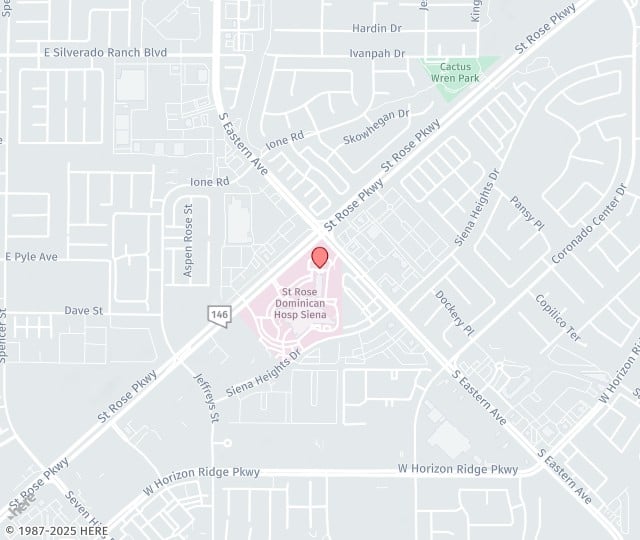Remarkably, most women can successfully breast feed after breast reduction surgery, although many may need to supplement. Breast- feeding ability can never be guaranteed after any surgical procedure, and some women without any history of breast surgery have difficulty breast-feeding for various reasons. The variability in the ability to breast-feed is extremely diverse and dependent upon many factors, including the type of breast surgery a woman previously had, her health and course of pregnancy, hormones, medication, her state of mind, attitude, and environment.
Breast-feeding ability after breast reduction can be related to surgical technique. The most commonly performed inferior pedicle full breast reduction technique typically retains the most of the underlying breast ducts within its pedicle, and many women have success breast-feeding after this procedure. The vertical breast reduction, or superior pedicle technique, has been shown in studies to result in less favorable milk production outcome, due to the location of the incision on the lower part of the areola, which severs the primary nerve that affects sensation and milk release. Although there is a scar completely around the areola with each of the pedicle techniques, because the nipple and areola have not been completely severed, breast-feeding is always possible.
The next important consideration that influences milk production is the length of time between surgery and subsequent pregnancy. The anecdotal experience has been that, despite the type of surgery, a woman seems to have a better milk supply when her surgery occurred five or more years before her pregnancy. This is thought to be the result of recanalization and reinnervation (regrowth of ducts and neural pathways, respectively) and it occurs as a normal healing process of the body. Another beneficial process is the normal, progressive development of the mammary system, wherein hormonal influences result in further mammary system development with each menstrual cycle. A longer length of time between the surgery and the pregnancy enables this process to redevelop mammary tissue. Most BFAR mothers find that they have a greater milk supply with each subsequent baby.
The Free Nipple Graft technique does severe the nipple and areola completely from the breast. Even with this technique, however, some women have regained nipple sensitivity and some milk production and release capability.
Check out www.bfar.org for more information and support when it comes to breast-feeding after breast reduction surgery.

